This post contains affiliate links. As an Amazon Associate, I earn from qualifying purchases. For more information read my Disclaimer page.
Welcome back to the Wonderful World of Tea. There are just a couple more tea basics to cover, there is a lot to consider when brewing a perfect cup of tea. A lot of things change depending on the type of tea you want to enjoy, from the type and size of the teapot, brewing times, and how you store your tea. So get yourself a cup of tea and let’s get started.
When looking at teapots, I’m sure you’ve noticed that there are many different types. The materials they are made from varies greatly depending on their origins. Turns out that the design of most teapots is for a specific kind of tea. Even size plays a part in teapot selection. There is an old Chinese saying that states that the smaller the pot, the better the tea. Smaller pots allow for better control over water temperature (less heat loss), steeping time, and you can easily re-steep your leaves. If you can figure out these tea basics, you are well on your way to never having a bad cup of tea again.
Types of Tea Pots:
- Glazed Clay or Ceramic Teapots: These would be your more typical teapot. You can get them in different styles, like British or Japanese, but they are used for the
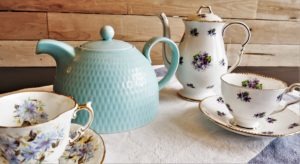
Ceramic Teapots
same kind of teas. The glazing on the pot means that it has a neutral taste and won’t affect the overall taste of your tea. It is ideal for delicate teas like green, white, and yellow, but can handle any tea.
- Metal Teapots: I’m sure we all have a parent or grandparent with one of those shiny silver tea services, it is one style of many. Teapots are made from many different types of metal, and you can find them in many different cultures. From the more traditional British silver tea service to the Russian Samovar, which is an urn that is heated. The metal can have a significant impact on the flavour of the tea, so they are used for strong teas, like Moroccan Mint tea. Do not use with delicate teas.
- Enameled Cast Iron: These types of teapots were initially used as a Chinese tea kettle, but are now used to steep tea. The newer cast iron teapots now have an enamelled inner surface preventing the cast iron from affecting the tea. Can be used for any types of tea, I use mine
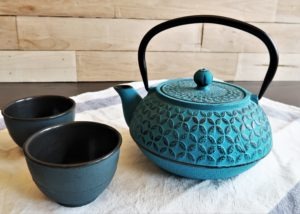
Cast Iron Teapot
mainly for oolong or black teas since the cast iron losses heat quickly and oolong and black teas are steeped at a hotter temperature. I also recommend heating the pot before steeping by pouring boiling water into it, empty it, and then steeping the tea.
- Glass: Glass teapots have the same neutrality as glazed clay and ceramic pots. Glass pots are unique in the fact that you can watch loose leaf tea unfurl as it steeps. There is also a type of tea called Blooming Tea, which is tea rolled with flowers in a certain way so that when steeped, it will bloom like a flower. The downside to glass teapots is that the glass is usually very thin and will lose heat pretty quickly.
Traditional Asian Style Teapots:
- Yixing Teapots: These are earthenware pots that aren’t glazed and are made explicitly in the Yixing province in china. The unglazed pots absorb the flavour of the tea that is steeped in them; because of this, they are said to have “tea memory.” This is important since if you steep many different teas in the pot, it will muddle the flavours. These pots should only be used for one type of tea to make sure the flavours stay pure.
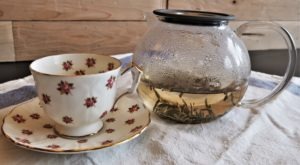
Glass Teapot
- Kyusu Teapots: Kyusu teapots are small and have a hollow lateral handle for easy pouring. They are traditionally found in Japan, made by firing sandstone clay at a very high temperature. This firing process enhances the flavour of green tea.
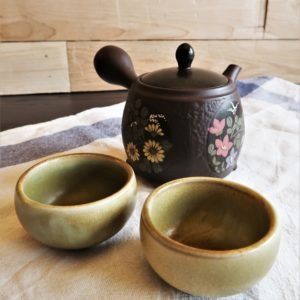
Kyusu Teapot
Brewing Time:
Some other tea basics to consider is brewing time. Just like with the temperature of the water, the amount of time the tea steeps for is important. Each type of tea has its own steeping time, or it could have an overall effect on taste. An example of this is green or white tea if they are steeped too long the tea will become very bitter.
- Green, White, and Oolong: no more than 3 minutes
- Black, and Pu’erh: 3-5 minutes, longer if you are adding milk (black tea)
- Herbal, Rooibos, Mate: can steep for as long as you want, a minimum of 4 minutes.
As a side note, the only tea that you should be putting milk in is black and rooibos.
There are two types of steeping green tea:
Western-Style: less tea with for a longer period of time. About 1-3g per 120-175ml of water steeped for 2.5-3 minutes. If you are re-steeping, you would add on an additional 30 seconds to the first steeping time.
Eastern-Style: more tea steeped for a shorter period of time. About 3-6g per 120-175ml of water steeped for 12-20 seconds. You would add on 5-10 seconds for any additional steepings.
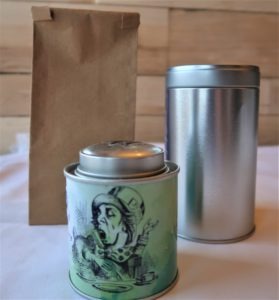
Tea Storage Options
Tea Storage:
When storing tea, you want something airtight and kept away from light and moisture. The place should also be cool and away from strong odours. So you don’t want your tea in glass jars sitting on your counter. Most places that sell tea will sell them in metal tins that have a tight-fitting lid. Tea does go old and lose flavour, so unless you are an avid tea drinker and go through tea quickly just buy small amounts of tea at a time.
If you missed out on the first part you can check it out here: The Tea Basics: Part One
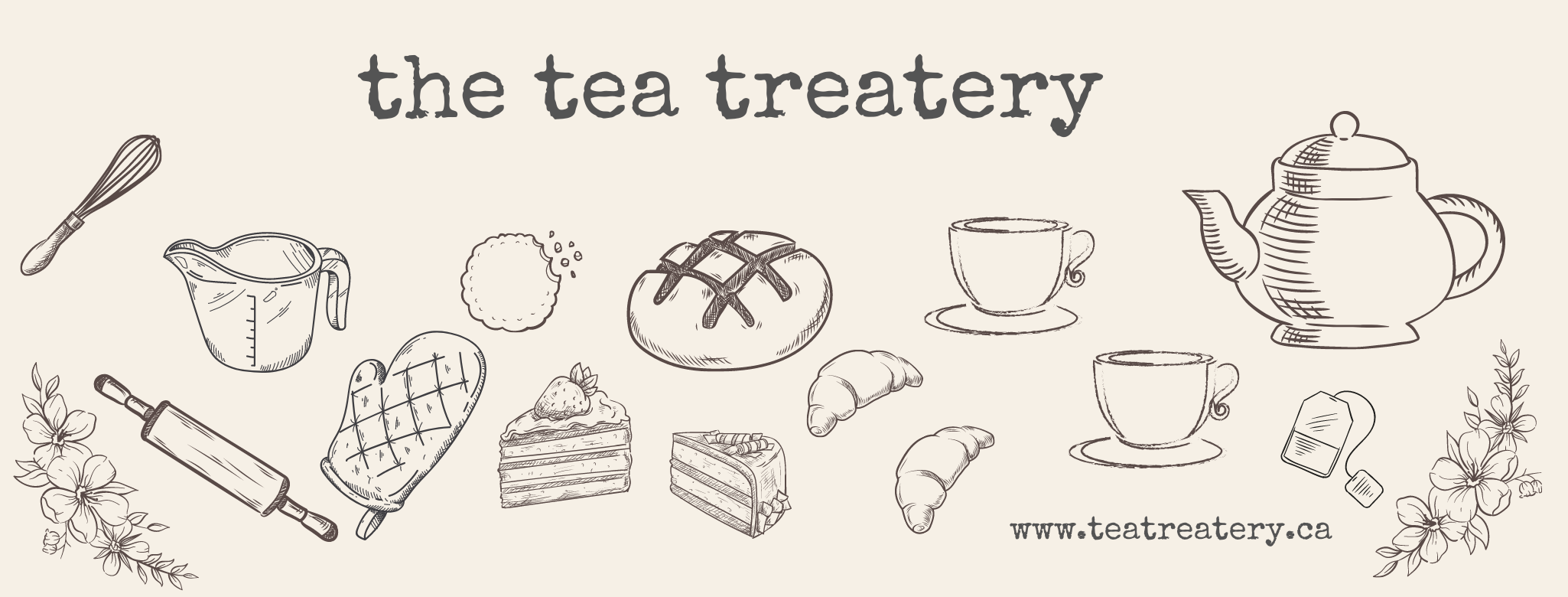
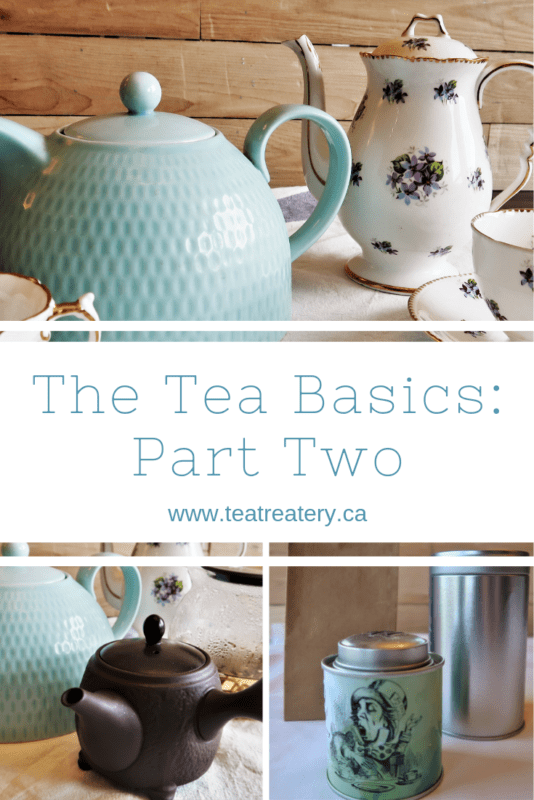
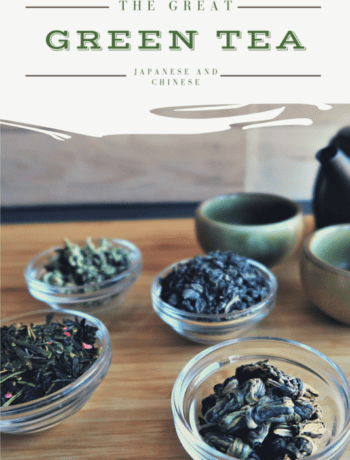
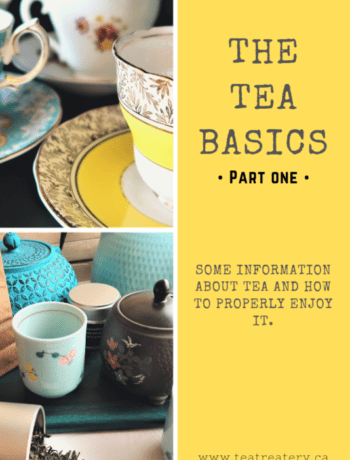
No Comments